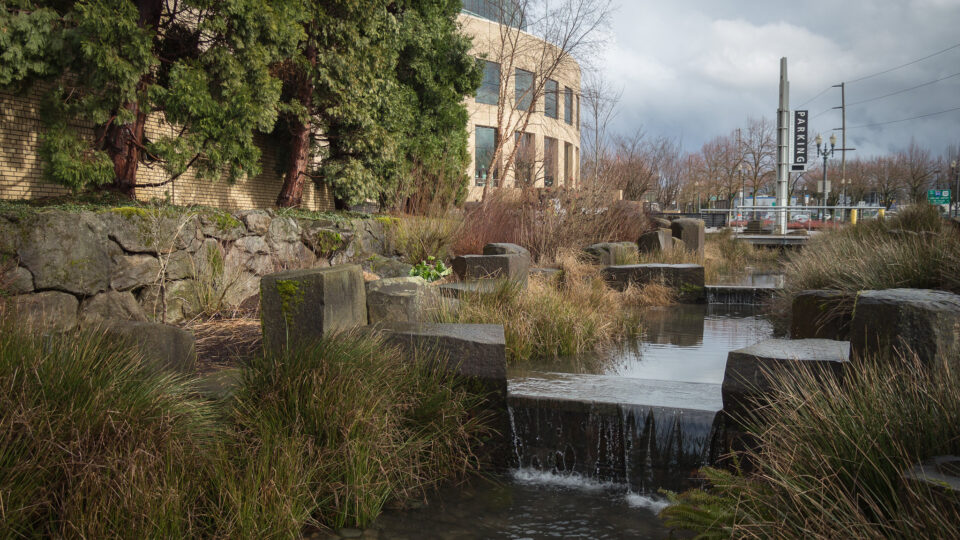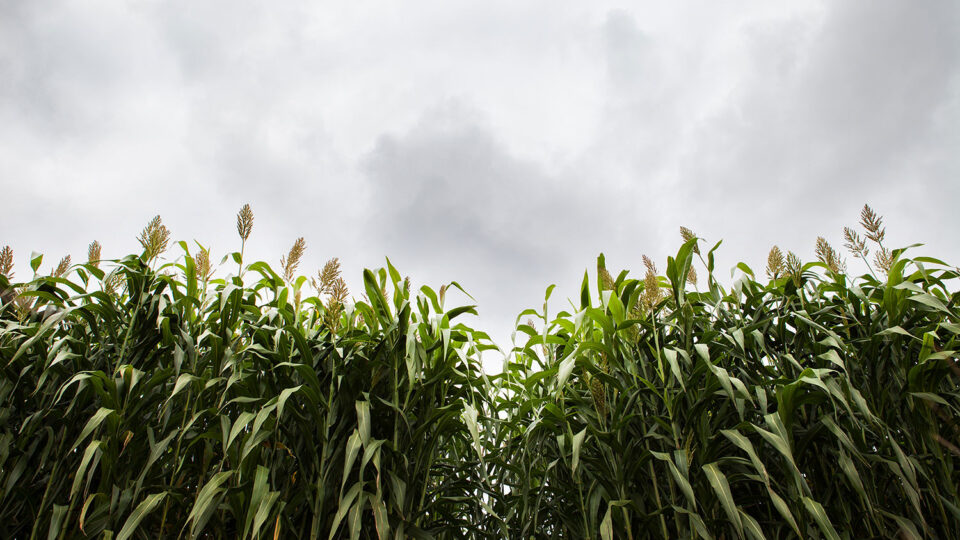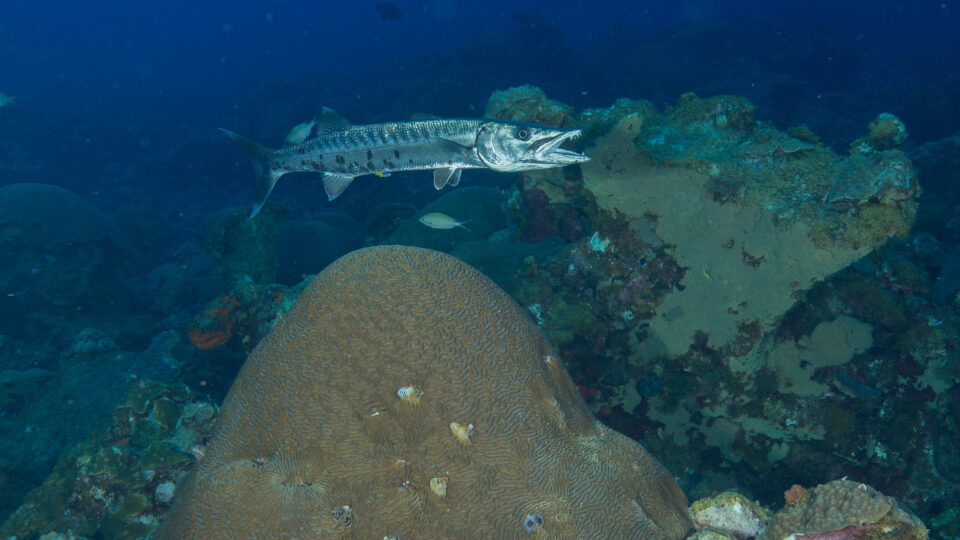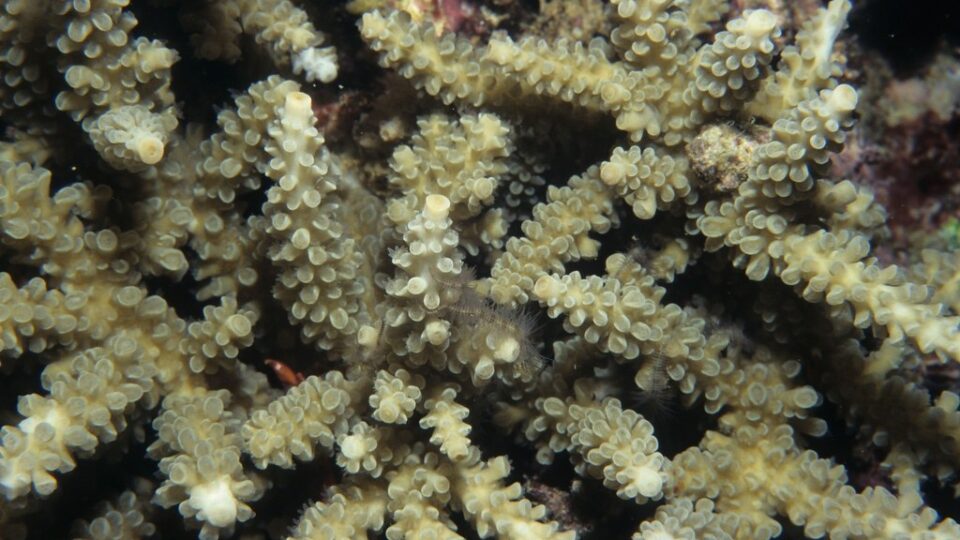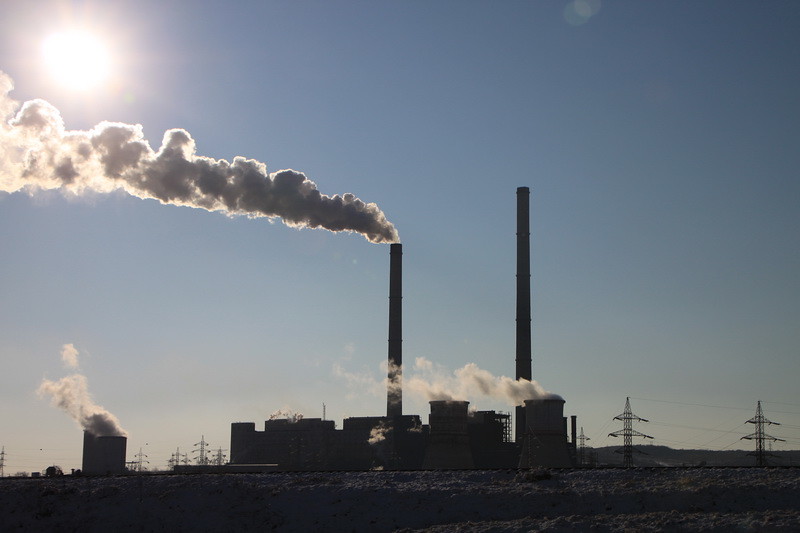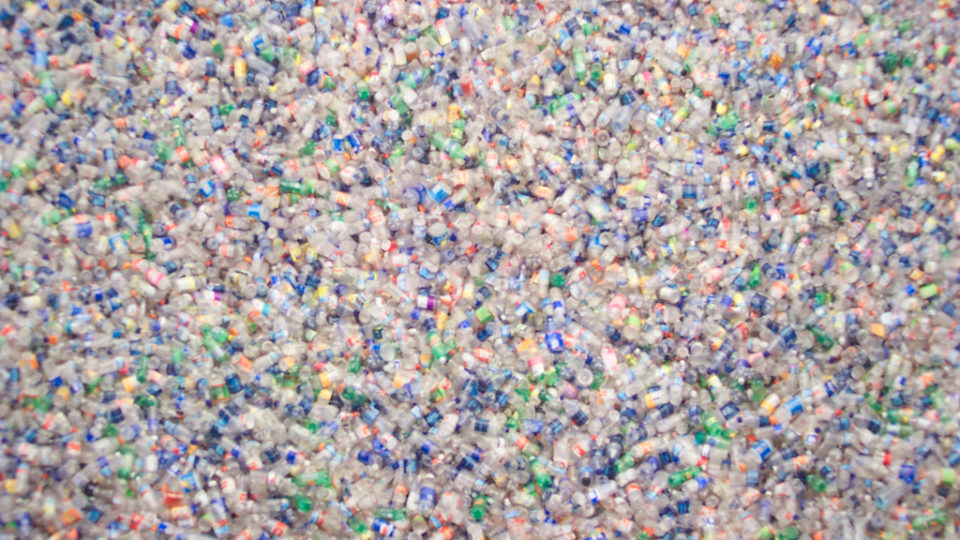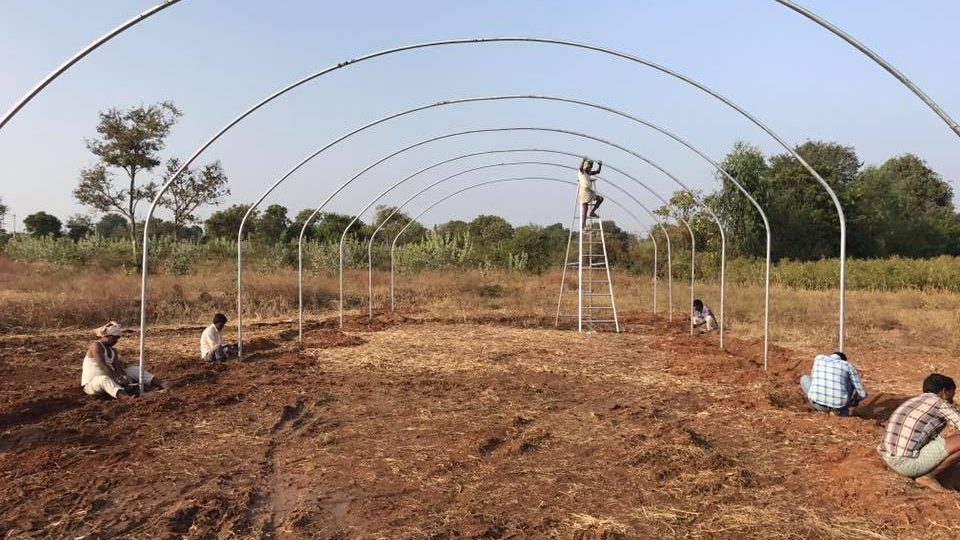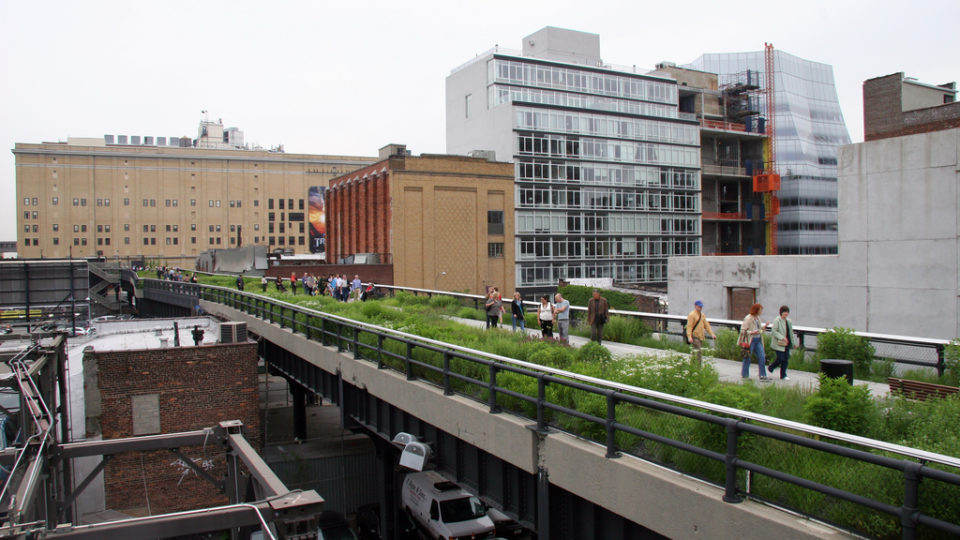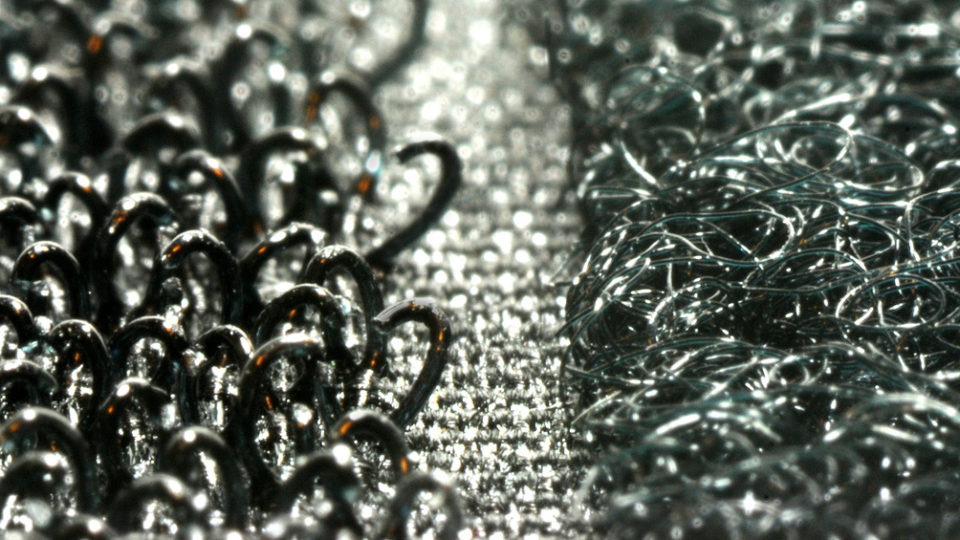In cities, the air, surface, and soil temperatures are almost always warmer than in rural areas. This is known as the urban heat island effect. Urban heat islands occur when cities replace natural land cover with dense concentrations of pavement, buildings, and other surfaces that absorb and retain heat.
Urban planners around the world have been researching ways to reduce the effects of heat in cities. For example, trees, green roofs, and vegetation can help reduce urban heat island effects by shading building surfaces, deflecting radiation from the sun, and releasing moisture into the atmosphere.
A new study led by researchers from the University of Surrey in the U.K. has analyzed how well various green spaces and waterways are able to cool down cities. The study, which was recently published in the journal The Innovation, found that wetlands, parks, and even botanical gardens are among the best ways to keep cities cool.
In fact, the researchers found that botanical gardens can cool city air by a whopping 9°F during heatwaves on average. Wetlands can cool city air by 8.5°F on average, followed by rain gardens at 8.1°F, green walls at 7.4°F, street trees at 6.8°F, city farms at 6.3°F, city parks at 5.8°F, and reservoirs and playgrounds at 5.2°F.
The researchers also found that cities can unlock even greater benefits by connecting green spaces into green corridors. Greening projects can also help remove carbon emissions and prevent flooding.
The research team hopes its findings will help urban planners design more resilient cities.
**********
Web Links
Wetlands, parks and even botanical gardens among the best ways to cool cities during heatwaves
Photo, posted April 25, 2022, courtesy of Catherine Poh Huay Tan via Flickr.
Earth Wise is a production of WAMC Northeast Public Radio


